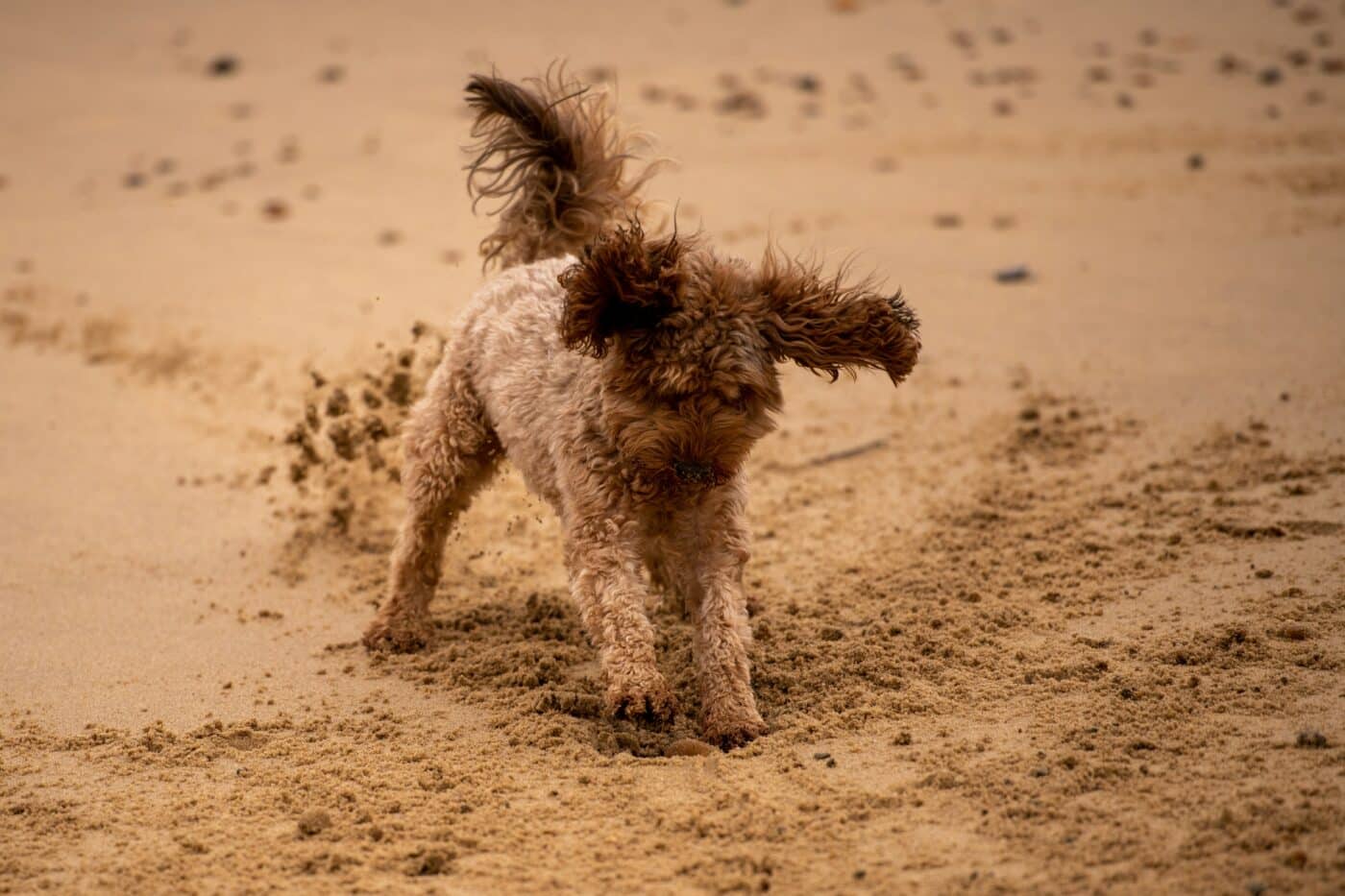 Shutterstock
Shutterstock
Keeping your dog physically and mentally stimulated is essential for overall health and happiness. While some dogs are perfectly content lounging around the house, others need more activity to burn off their excess energy and stay fit. If your dog isn’t getting enough exercise, it can lead to various behaviors and health issues that might surprise you. Recognizing these signs can make a big difference in keeping your furry friend active, healthy, and content. A well-exercised dog is not only healthier but also happier and more well-behaved.
Destructive Behavior
 Shutterstock
Shutterstock
One of the clearest signs that your dog isn’t getting enough exercise is destructive behavior. If your pup has started chewing on furniture, shoes, or anything else they can sink their teeth into, it’s likely because they’re bored or restless. Dogs need an outlet for their energy, and when they don’t get enough physical or mental stimulation, they’ll find other ways to entertain themselves. Regular exercise can help curb this behavior by giving them something constructive to focus on.
Weight Gain
 Shutterstock
Shutterstock
Like humans, dogs can pack on the pounds when inactive enough. If you’ve noticed that your dog’s waistline is expanding or they seem to be carrying extra weight, it could be a sign that they need more exercise. Obesity in dogs can lead to a host of health problems, including joint issues, heart disease, and diabetes. Keeping your dog at a healthy weight through regular walks, playtime, and other forms of exercise is key to their overall well-being.
Hyperactivity Indoors
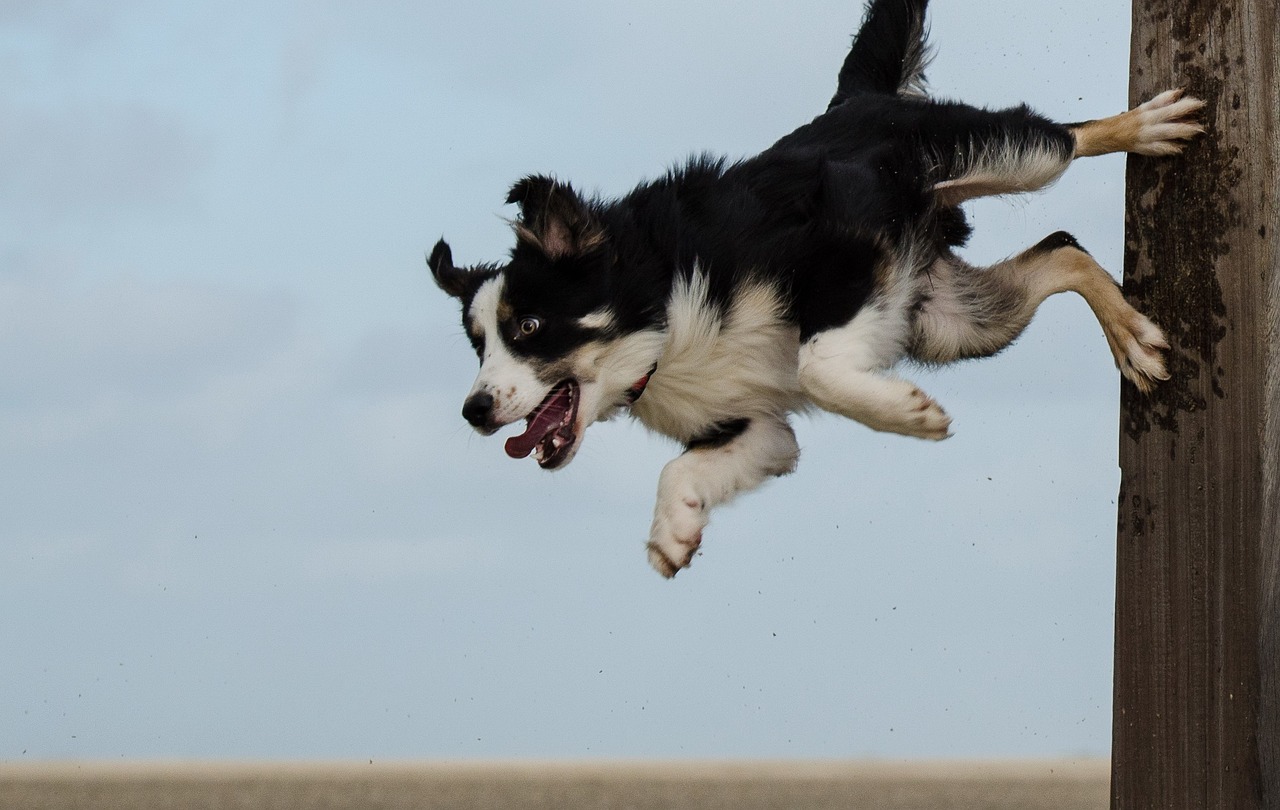 Shutterstock
Shutterstock
If your dog is bouncing off the walls, running laps around the living room, or constantly begging for attention, they might not get enough exercise. Dogs need a way to burn off their energy, and if they don’t get it outside, they’ll start using your home as their personal racetrack. Regular outdoor exercise can help them healthily release that energy, leaving them calmer and more relaxed indoors.
Excessive Barking
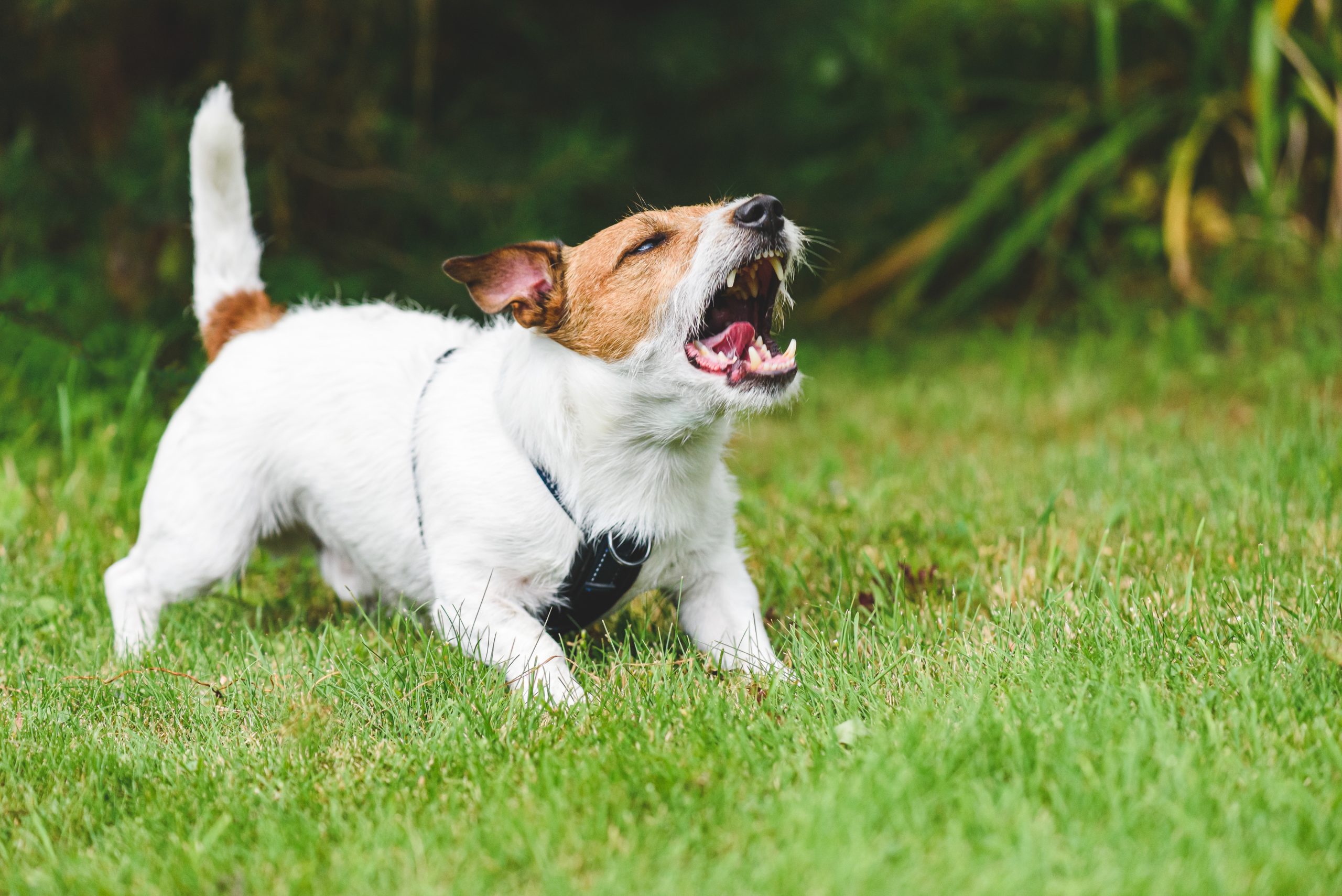 Shutterstock
Shutterstock
Does your dog bark at every little thing, from passing cars to the sound of the wind? Excessive barking can be a sign that your dog is bored or frustrated. Exercise helps tire your dog out physically and mentally, reducing the need to vocalize their pent-up energy. A tired dog is usually a quieter dog, so if your pooch is becoming a bit of a noise machine, more exercise might be the solution.
Restlessness at Night
 Shutterstock
Shutterstock
Dogs not getting enough exercise often have trouble settling down at night. If your dog is pacing, whining, or simply can’t seem comfortable at bedtime, they might not get enough activity during the day. Exercise helps to tire your dog out, making it easier for them to relax and enjoy a good night’s sleep. A well-exercised dog will often fall asleep when their head hits the pillow.
Attention-Seeking Behavior
 Shutterstock
Shutterstock
Is your dog constantly pawing at you, nudging your hand for pets, or bringing you toys all day long? While some dogs are naturally more affectionate, excessive attention-seeking can indicate that they need more exercise. When a dog is bored or under-stimulated, they’ll turn to their humans for entertainment. By increasing their daily physical activity, you’ll likely see a reduction in these clingy behaviors as they become more content and tired.
Stiffness or Reduced Mobility
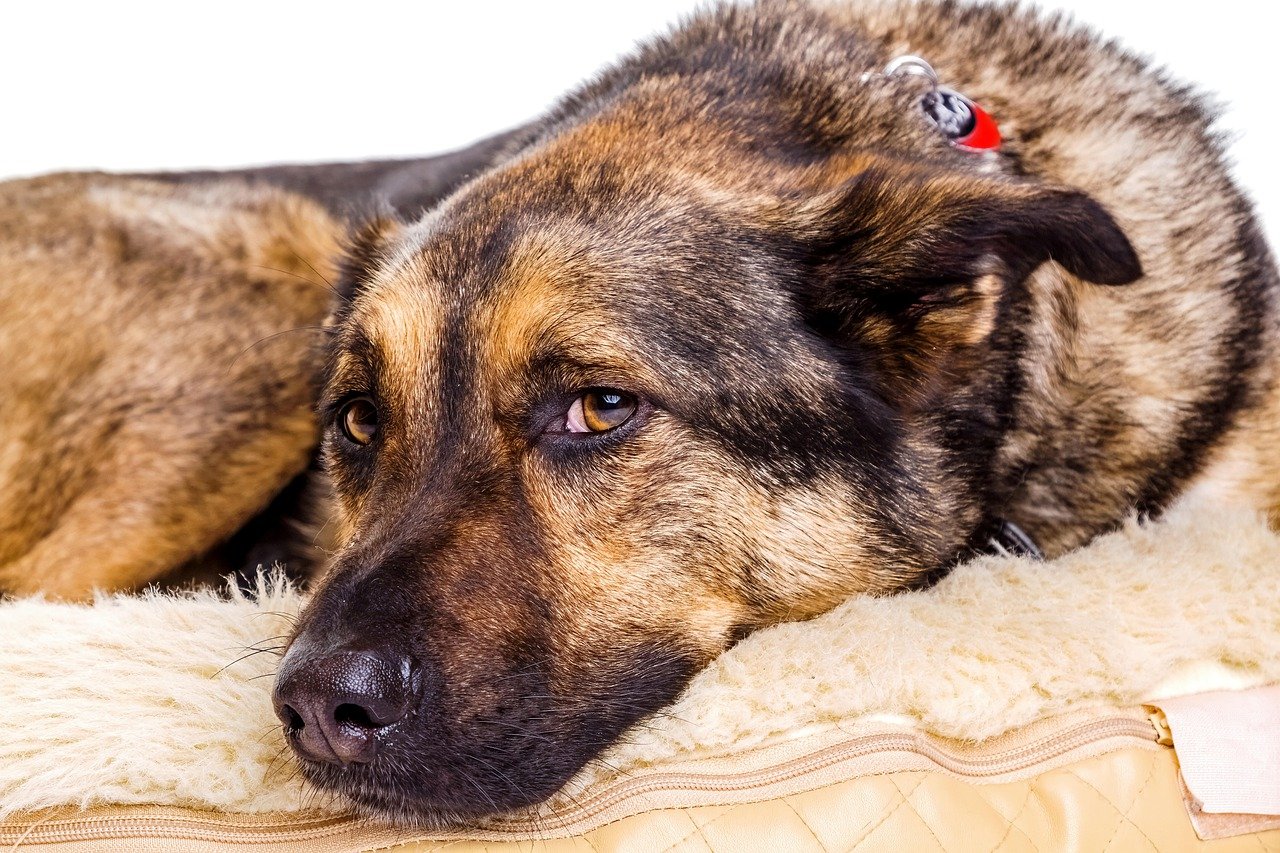 Shutterstock
Shutterstock
Lack of exercise can lead to stiffness and reduced mobility in dogs, particularly as they age. If your dog seems slower to get up in the morning or struggles to move around as easily as they used to, it could be because they’re not getting enough physical activity to keep their muscles and joints healthy. Regular, moderate exercise helps to maintain your dog’s range of motion and flexibility, preventing stiffness and promoting overall mobility.
Digging
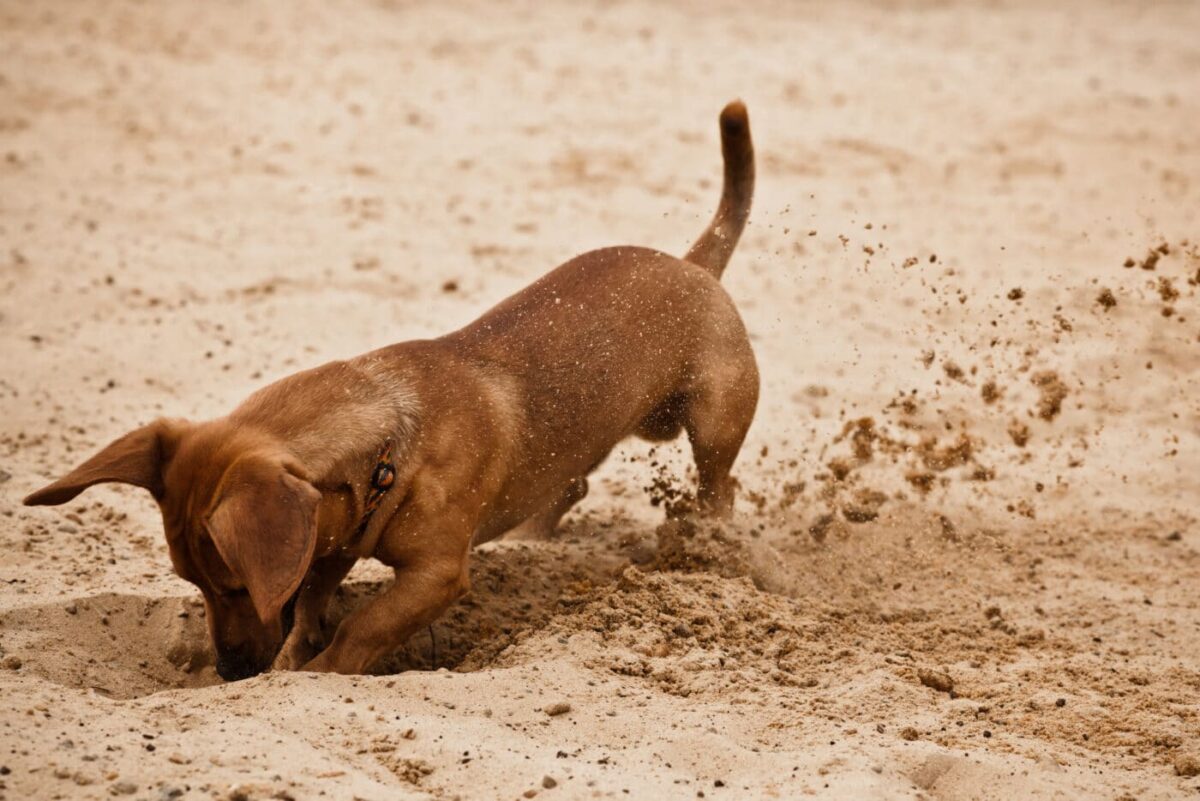 Shutterstock
Shutterstock
If your dog has suddenly taken an interest in landscaping your yard with giant holes, it might be a sign they need more exercise. Digging is often a way for dogs to relieve boredom or excess energy. While some breeds are more prone to digging than others, any dog can develop this habit if they aren’t getting enough physical activity. Providing your dog with regular opportunities to exercise can help curb their desire to turn your backyard into a construction site.
Difficulty Listening to Commands
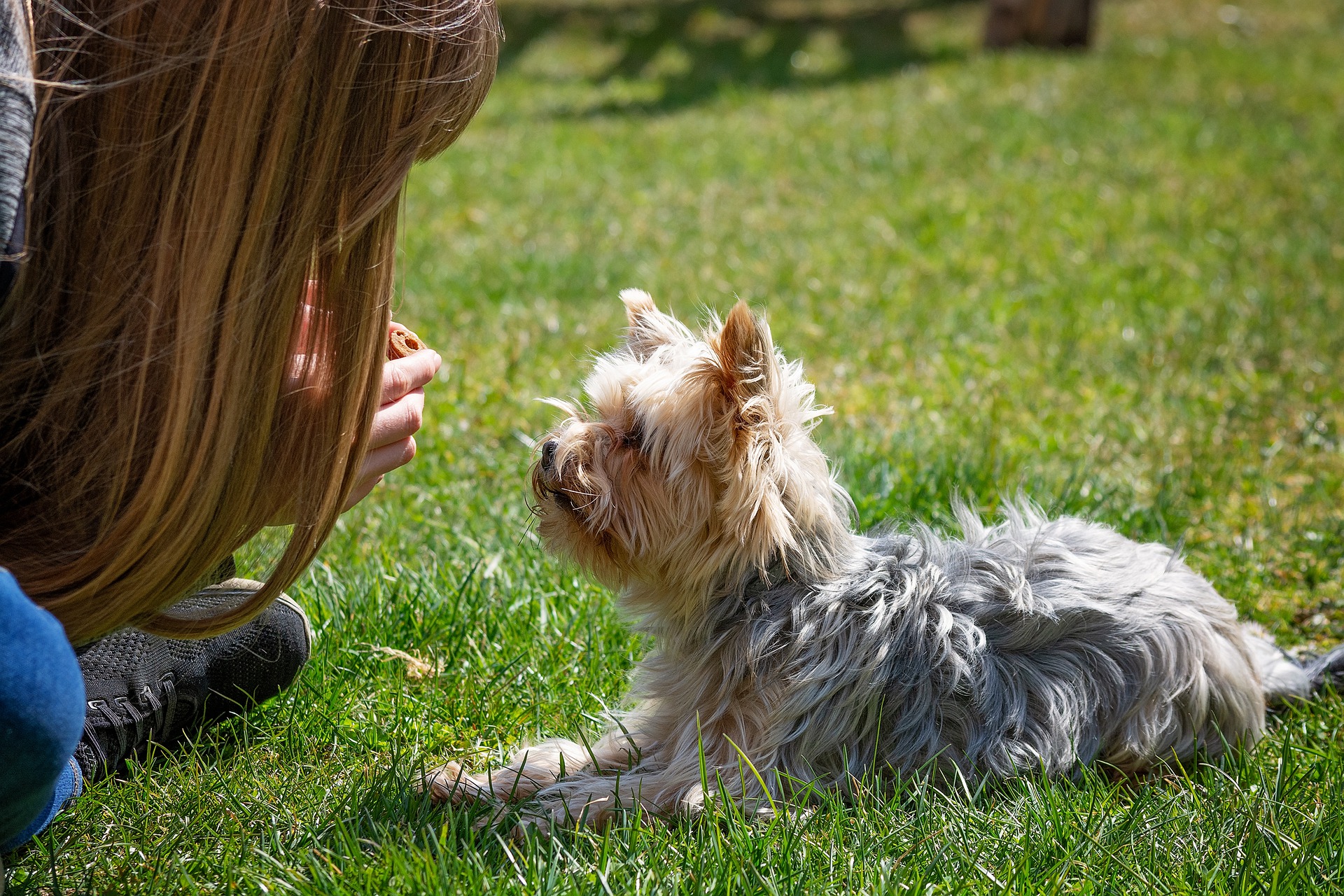 Shutterstock
Shutterstock
A lack of exercise can lead to difficulty focusing and following commands. If your dog ignores you when you call them or is slower to respond to training cues, they might have too much pent-up energy. Dogs need both mental and physical stimulation to stay sharp and well-behaved. When they’ve had the chance to run, play, and burn off energy, they’re more likely to listen and respond to commands.
Increased Anxiety or Nervousness
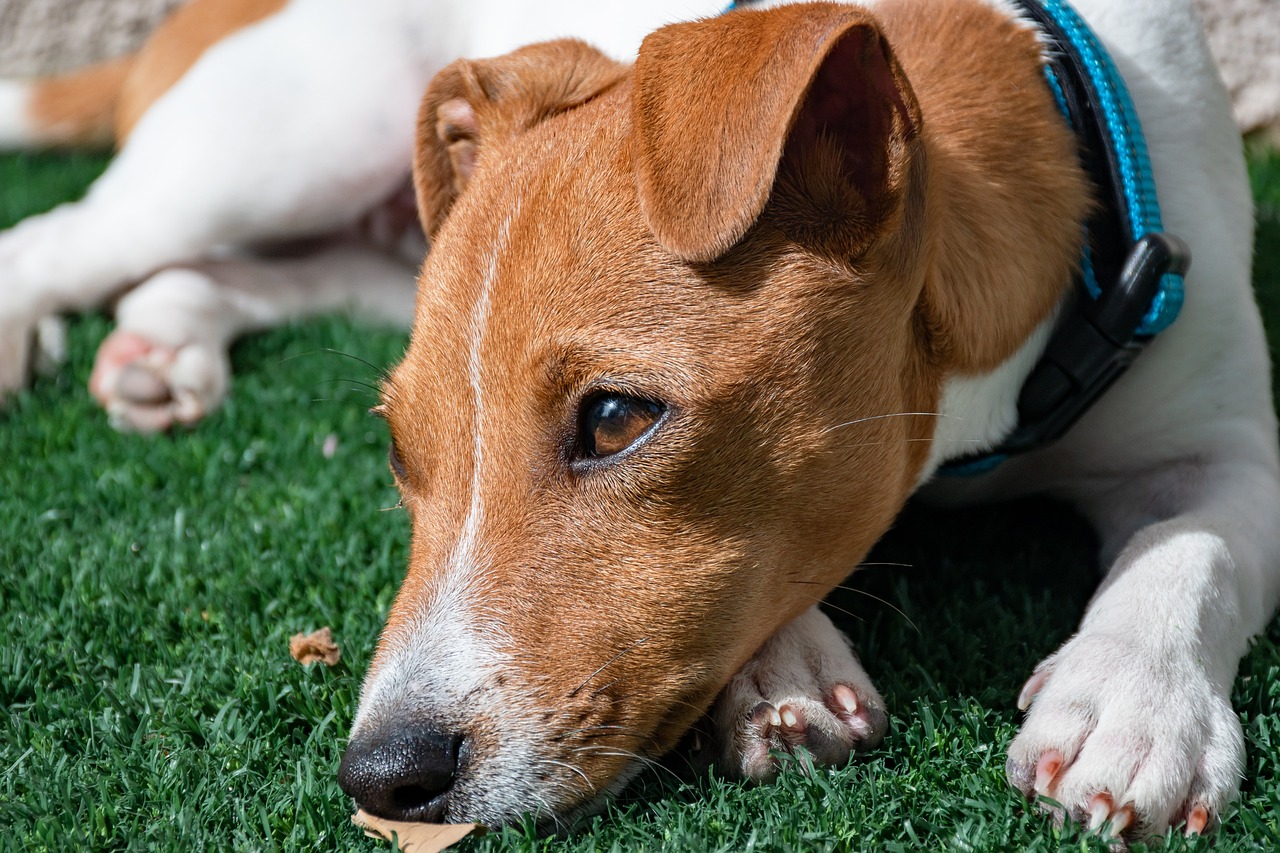 Shutterstock
Shutterstock
Exercise isn’t just important for your dog’s physical health—it’s also crucial for their mental health. Dogs that don’t get enough exercise can become anxious, nervous, or easily stressed. If your dog seems jittery, overly cautious, or displays signs of separation anxiety, they might benefit from more physical activity. Exercise helps to release feel-good chemicals in the brain, promoting relaxation and reducing anxiety. A tired dog is often a calmer, more content dog.
The Tail-End Truth About Your Dog’s Exercise Needs
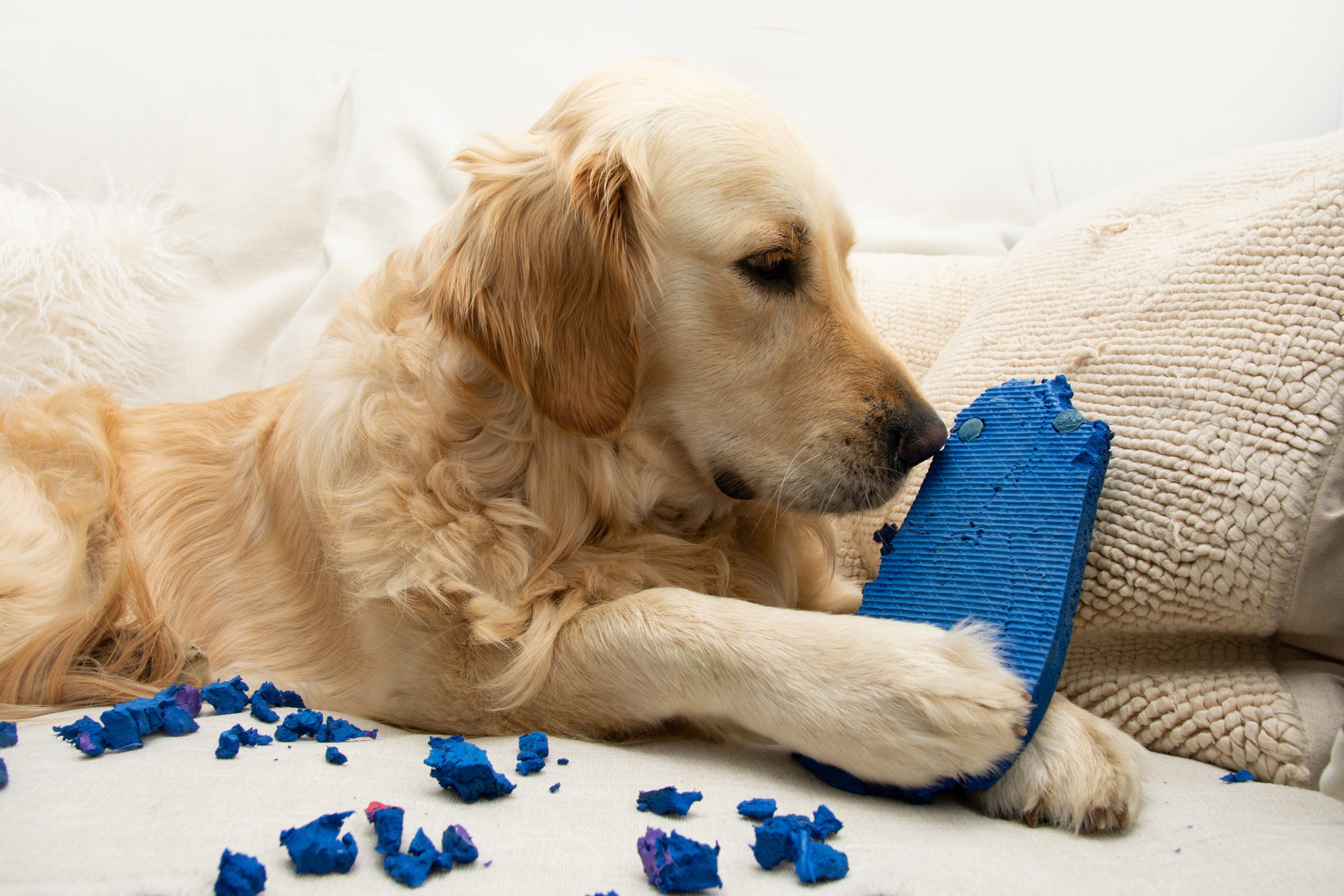 Shutterstock
Shutterstock
If you’ve noticed any of these signs in your dog, it’s probably time to ramp up their exercise routine. Whether it’s more frequent walks, longer play sessions or adding in some mental stimulation, giving your dog the right amount of activity can improve their health and happiness. So, grab that leash, head outside, and remember—a tired dog is a happy dog (and so is their owner). Just be prepared for the extra snoozing and tail-wagging that comes with a well-exercised pup!
 Toledo, United States.
Toledo, United States.